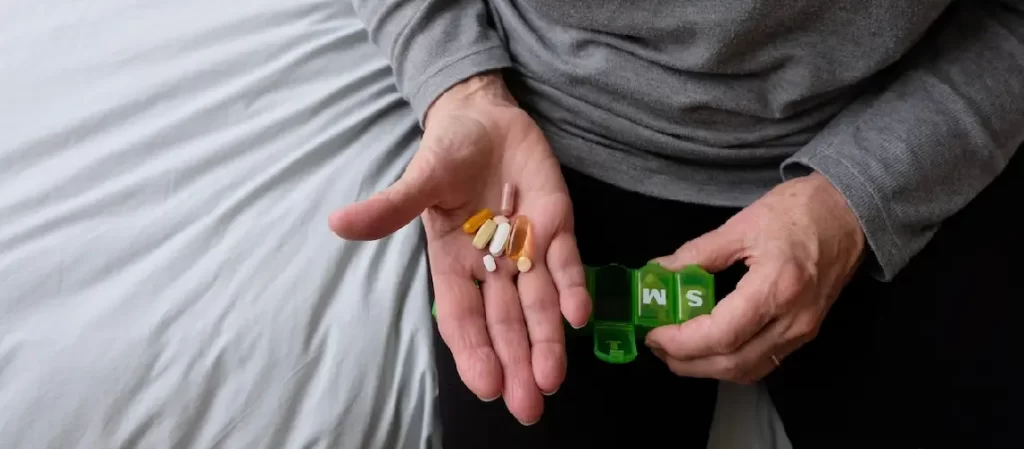
Service Area
State Of Florida

Call Us Now


Of all the parts of Medicare, Part D can be the most confusing.
But don’t fret. At Florida Medicare Specialists, our goal is to help you fully understand all of the parts of Medicare, especially Part D, and the dreaded “donut hole.”
It’s important that you understand all parts of Medicare so you can be sure you’re cared for during retirement. If you’re looking for information on various Medicare parts, enrollment, and more, head here.
In a nutshell, Part D is your prescription drug coverage. Most of us may require some type of prescription assistance at some point in our lives, even if they aren’t long term medications, and unfortunately that tends to become more common as we get older.
One important note is that you can elect to have stand-alone Part D coverage, or include it in a Medicare Advantage Plan (MAPD).
The difference between these is that the stand-alone option will require a monthly premium while the MAPD option does not because it is already included in your plan.
All Part D plans consist of different stages, and your costs change throughout the year depending on the stage that you are in.
In the deductible stage, you will pay for your medications out-of-pocket much like a traditional deductible for health insurance.
If your plan has a $0 deductible, you would skip straight to the next stage. Some plan deductibles may also only apply to medications on specific tiers, and the maximum deductible is $545.
In the initial coverage stage, you will pay a copayment for your prescriptions which is determined by the category (or tier) that the medicine falls into.
Some plans have three tiers while others have five. Once the total cost of all your prescriptions reaches the yearly limit, you come to the coverage gap (donut hole) stage.
The limit is different each year, and in 2024 it is $5,030.
Most seniors do not reach this stage.

During the “donut hole” stage, you will pay 25% of the cost of your prescriptions, and the donut hole begins when you get to $5,030. This can get expensive, but there are strategies that may allow you to avoid the donut hole or lessen its impact.
At Florida Medicare Specialists, we are here to help you understand the costs of Part D and how you can avoid the coverage gap.
The final stage of Part D is the “Catastrophic Coverage Stage.” Very few seniors actually enter this stage each year.
This stage occurs when you have exited the donut hole. According to Medicare literature, the donut hole ends and you enter the Catastrophic stage when you incur a true out-of-pocket cost (TROOP) of $8,000 for prescriptions for 2024.
Like with the Initial Coverage Stage and Part B premiums, the dollar amount changes each year.
TROOP can be a very misleading and alarming term. TROOP is not your ACTUAL out-of-pocket cost for the year.
If you think you might be one of the few seniors who reaches the Catastrophic Coverage Stage, you should reach out to Florida Medicare Specialists at once, so we can make sure you understand it completely.
Costs can pile up for many seniors when it comes to prescription drugs, and one program that can help alleviate those costs is Extra Help.
Extra Help can save enrollees up to $5,300 a year on their prescription drug costs, and it’s easy to apply for the program.
The best way to get help with Medicare is to reach out to the experts at Florida Medicare Specialists.
We’ll answer any question you have and make sure you’re fully informed about your Medicare options.